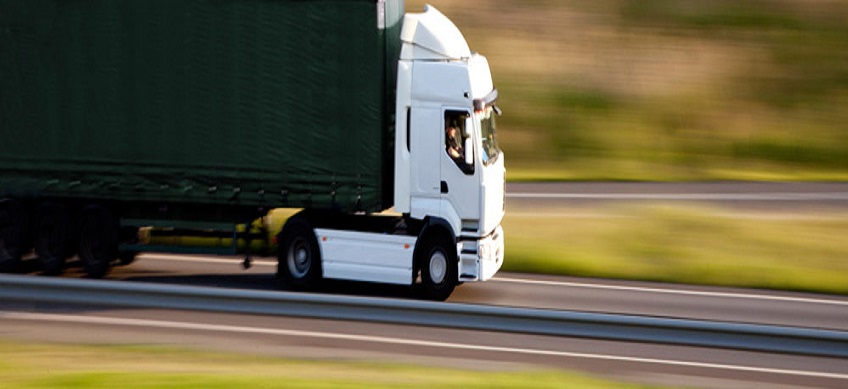
21 January 2021
How to make sure your wheels are safe for the road
Wheel Security
The Code of Practice for the selection and care of tyres and wheels for commercial vehicles (developed jointly by the Department for Transport, the British Standards Institute and industry and trade associations) recommends that following road wheel removal and refitting, the wheel nut torque should be re-checked after the vehicle has been standing for 30 minutes or after having travelled between 40 km and 80 km (25 to 50 miles).
If you know that a wheel has recently been refitted, you should check to ensure that the wheel nuts have been retorqued in accordance with these recommendations. If the wheel nuts are not retorqued, there is a serious risk of loosening wheel nuts, damage to the studs and eventual detachment of the wheel. This could occur over a relatively short distance – so even if a driver has checked his wheel nuts as part of his daily check, this might not be enough to prevent wheel loss with potentially fatal consequences.
Tyre condition and the law
There are many legal requirements relating to the condition and use of tyres on commercial vehicles.
- It is illegal to run a vehicle with a tyre at the wrong pressure.
- It is illegal to run a tyre that has a cut longer than 25mm (or 10% of the section of the tyre, whichever is greater) or deep enough to reach the ply or cords.
- It is illegal to use a tyre with a lump, bulge or tear, or with any of the cords exposed.
- The tyre grooves must have a depth of at least 1mm around the whole circumference and across three quarters of the breadth of the tread. If the original tread pattern was only across three-quarters of the tread, all grooves must be at least 1mm deep.
Commercial vehicle tyres and the law - mixing types of commercial vehicle tyre
The regulations are strict when it comes to mixing radial and cross-ply tyres. This is because of their different behaviours and the effect that could have on the handling of a truck.
- It is illegal to mix radial and cross-ply tyres on the same axle.
- In the case of a commercial vehicle with two axles, cross-ply tyres must not be fitted to the rear axle if radials are fitted to the front, unless the rear axle is fitted with wide tyres having a tread contact width per tyre greater than 300mm or having twinned-tyre wheel assemblies.
- It is illegal to mix radial and cross-ply tyres on steerable axles.
- It is illegal to mix radial and cross-ply tyres on two or more driven axles.
- Legally, any two wheels of a commercial vehicle or trailer are regarded as one wheel, if the distance between the centres of their areas of contact with road is less than 460mm. For more information, see 'Construction and Use Regulations' 26 and 27.
Driving a vehicle in a dangerous condition carries a severe penalty for drivers and is an endorsable offence.
Have any questions? please don’t hesitate to contact one of our team
Simon.horton@ascendbrokingold.co.uk | Office: 01245 449068 | Mobile: 07841 020435

Recent Posts
Ascend Broking
ASCEND BROKING GROUP LAUNCHES ASCEND RISK
Ascend Broking





